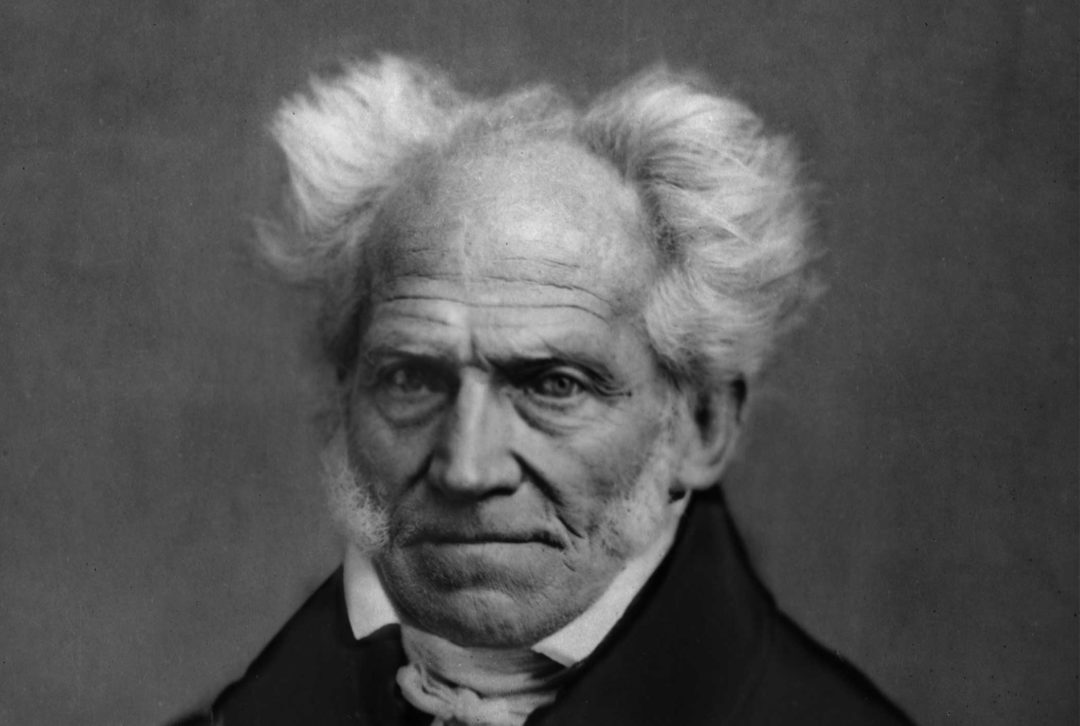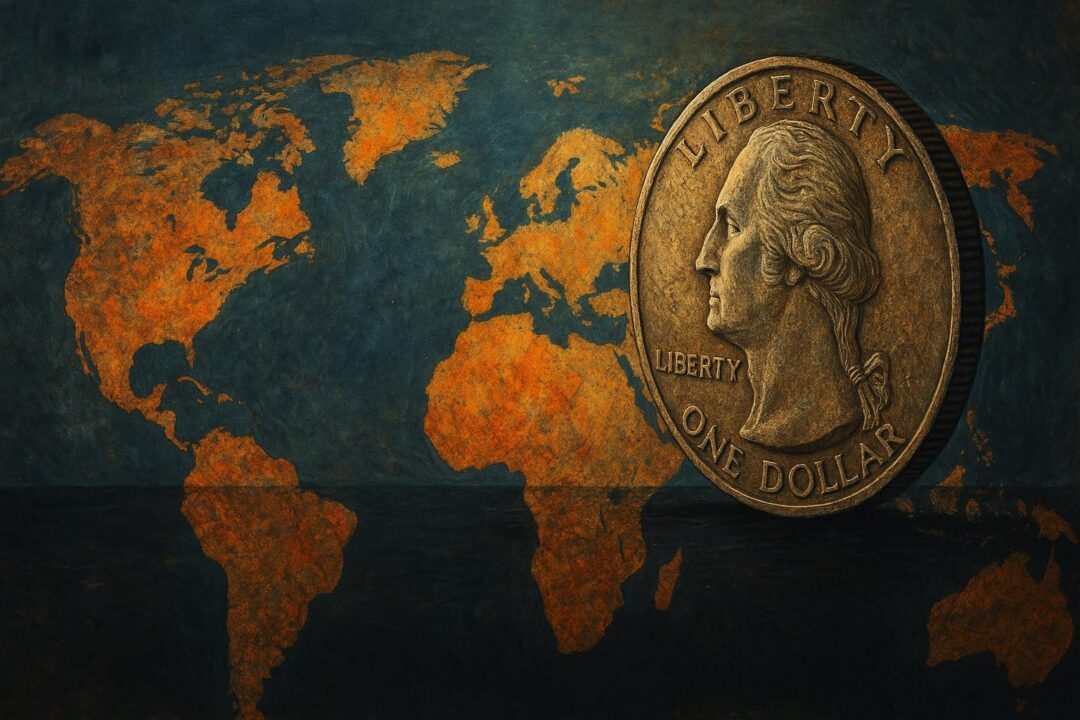What if China has quietly amassed the largest gold hoard in the world — and is preparing to use it to launch a new kind of currency that threatens the U.S. dollar itself?
For years, market watchers have speculated that China’s official gold reserves — around 2,300 tonnes — are just the tip of the iceberg. Behind closed doors, Beijing may perhaps control vastly more: 15,000 to 20,000 tonnes by some estimates, considerably more than the U.S.’s long-standing 8,133-tonne stockpile.
Why the secrecy? And what if China, at the right moment, linked the yuan — or a new BRICS currency — to gold, challenging the very foundation of global finance?
The implications are enormous. The dollar doesn’t just serve as currency — it’s a pillar of American power. Undermining it would be a geoeconomic earthquake.
From Gold to Fiat: The Rise of the Dollar
After World War II, the dollar became the global reserve currency through the Bretton Woods system, pegged to gold at $35/oz. Other currencies were tied to the dollar, giving it near-universal acceptability.
But in 1971, facing deficits and shrinking gold reserves, the U.S. ended dollar-gold convertibility. The world moved to fiat currencies, backed not by metal, but by trust.
Still, the dollar retained its dominance thanks to:
- U.S. economic size and military reach
- Deep, liquid financial markets
- Strategic deals like the petrodollar system, ensuring oil was traded in dollars
Over time, dollar dominance became self-reinforcing — with over 60% of global reserves and most cross-border trade denominated in dollars.
But That Trust Is Cracking
In the 21st century, the pillars propping up dollar dominance are showing strain. A convergence of political, economic, and technological shifts is eroding the trust that has long underpinned the dollar system:
- Weaponization of the Dollar: The U.S. has increasingly used its currency as a geopolitical bludgeon — sanctioning Iran, freezing Russia’s reserves, blocking Chinese officials from dollar-based transactions. Many countries now fear that holding or transacting in dollars means living under the threat of financial exile.
- Mounting U.S. Debt: America’s financial credibility is under pressure from within. The official U.S. national debt now exceeds $34 trillion. Add unfunded liabilities like Social Security and Medicare, and total obligations may exceed $100 trillion. That’s a level of leverage no reserve currency has ever carried before.
- Chronic Trade Deficit: The U.S. imports far more than it exports, especially from China. Once, China recycled those surpluses into U.S. Treasuries. But now it’s selling bonds and buying gold — a slow motion vote of no confidence in the dollar.
- Europe’s Energy Shock and Economic Decline: Germany, once the industrial engine of Europe, is buckling under the weight of high energy prices after cutting off Russian gas. Deindustrialization and stagnation are weakening Europe’s place in the dollar bloc.
- Rise of China’s Cloud Capital: While the U.S. still dominates tech, China is the only other country with its own full-stack cloud infrastructure — including Alibaba Cloud, Tencent Cloud, and Huawei. This gives Beijing digital sovereignty and the ability to build its own payment, finance, and trade networks — outside the U.S. ecosystem.
China’s Gold Strategy: A Silent, Strategic Build
China has taken a deliberate, multi-track approach to gold accumulation:
- Mining: China is the world’s top gold producer, having mined over 6,800 tonnes since 2000 — almost none of it exported.
- Imports: Gold flows in via Hong Kong, Dubai, and Switzerland, totaling thousands of tonnes — often unreported.
- Multi-channel storage: Gold is held not just by the central bank but also sovereign funds, state-owned entities, and possibly the military.
The People’s Bank of China reports just 2,300 tonnes — but many analysts believe this is a deliberate understatement. Why hide it? To avoid spiking gold prices, triggering speculation, or sparking a confrontation with the U.S. prematurely.
Enter the Digital Yuan: Infrastructure for a Post-Dollar World
China isn’t just hoarding metal — it’s building the digital architecture of the future with its central bank digital currency, the e-CNY.
- Programmable, traceable, and interoperable via Chinese payment platforms
- Integrated with China’s cross-border system (CIPS), bypassing SWIFT
- Potentially linkable to gold or commodities, forming the backbone of a new global settlement system
If combined with a gold anchor, the e-CNY or a BRICS stablecoin could offer a compelling alternative: modern digital money backed by ancient monetary trust.
What If China Played the Gold Card?
Imagine this: Beijing announces it holds 20,000 tonnes of gold. At the same time, it launches a gold-backed digital yuan — or a BRICS stablecoin backed by gold and commodities.
The effects:
- Gold prices surge as markets reprice the true global demand
- The dollar loses confidence — especially in the Global South
- Alternative trade routes emerge for countries fearing sanctions or dollar volatility
Even if only adopted by a handful of nations, the shift could seriously dent the dollar’s status.
Why Would Countries Switch?
- To escape sanctions risk: A gold-backed currency is harder for the U.S. to control or weaponize.
- To reduce dollar exposure: Many central banks are already diversifying out of Treasuries and into gold.
- To win Chinese favor: Countries tied to Belt and Road could gain incentives for switching to e-CNY or BRICS tokens.
- To hedge inflation: Gold-backed money offers stability in a world of fiat dilution.
The U.S. Response: Adapt or Retrench?
If China moves boldly, the U.S. may respond with:
- A digital dollar (FedCoin) to modernize and compete
- Crackdowns on gold-based assets or foreign stablecoins
- Tighter financial alliances with Europe, Japan, and allies
- Increased use of stablecoins (like USDC/USDT) to project dollar power digitally
But trust is the bigger challenge. With ballooning debt, declining manufacturing, and rising global resentment, the dollar’s credibility is wearing thin.
A Fragmented Future?
The world may be heading toward a multi-bloc currency environment:
- Dollar Bloc: Still dominant in the West, but no longer uncontested
- Gold/Yuan/BRICS Bloc: Commodity-backed trade among China, Russia, and emerging nations
- Crypto/Decentralized Bloc: Individuals and some nations opting out of fiat entirely via Bitcoin, Ethereum, and stablecoins
In this future, trust becomes localized. People choose whatever system serves them best — fiat, gold, crypto, or a mix.
Conclusion: The Battle for Monetary Trust Has Begun
The dollar’s reign has long rested on trust — in U.S. strength, rule of law, and economic stability. But as China builds gold reserves, launches its own digital currency, and extends its influence through trade, technology, and cloud capital, that trust is being tested.
Whether China ever formally pegs its currency to gold or simply offers an alternative path, the message is clear: the world wants options.
And in the end, the strongest currency — and the most powerful country — may be the one the world trusts most. Gold, bytes, or blockchain — the future is wide open.
Discover more from Brin Wilson...
Subscribe to get the latest posts sent to your email.



